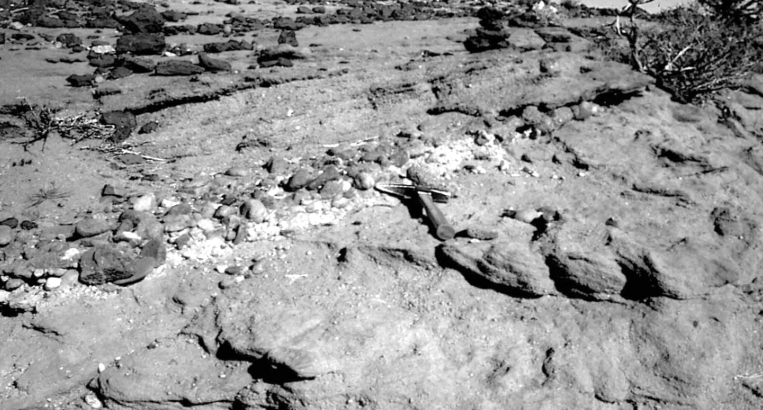Diastrophism is a geological phenomenon that involves the deformation of the Earth’s crust due to tectonic forces. This process can result in the formation of mountain ranges, valleys, and other landforms over millions of years.
Definition of Diastrophism
Diastrophism is the slow, gradual movement of the Earth’s crust that causes changes in the shape and elevation of the land. This process is driven by tectonic forces, which are the movements of the Earth’s lithosphere (outer layer) caused by the heat and pressure of the Earth’s interior.
Origin of Diastrophism
Diastrophism is a result of the movement of tectonic plates, which are large sections of the Earth’s lithosphere that float on the semi-fluid asthenosphere beneath them. These plates are constantly moving due to the heat and pressure generated by the Earth’s core, causing them to collide, separate, or slide past one another.
Types of Diastrophism
There are two main types of diastrophism: folding and faulting. Folding occurs when layers of rock are pushed together, causing them to bend and buckle. This process can create mountain ranges and valleys. Faulting, on the other hand, occurs when rocks break and slip along a fault line. This can cause earthquakes and the formation of fault-block mountains.
Impacts of Diastrophism
Diastrophism has a significant impact on the Earth’s surface, shaping landscapes and creating natural features such as mountains, valleys, and plateaus. It also plays a role in the distribution of resources such as oil, gas, and minerals, as well as in the formation of earthquakes and volcanic activity.
In conclusion, diastrophism is a fascinating geological phenomenon that helps to shape the Earth’s surface over millions of years. By understanding the definition and origin of diastrophism, we can gain a greater appreciation for the forces that have shaped our planet.

